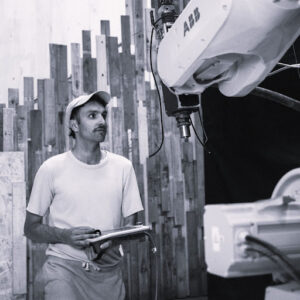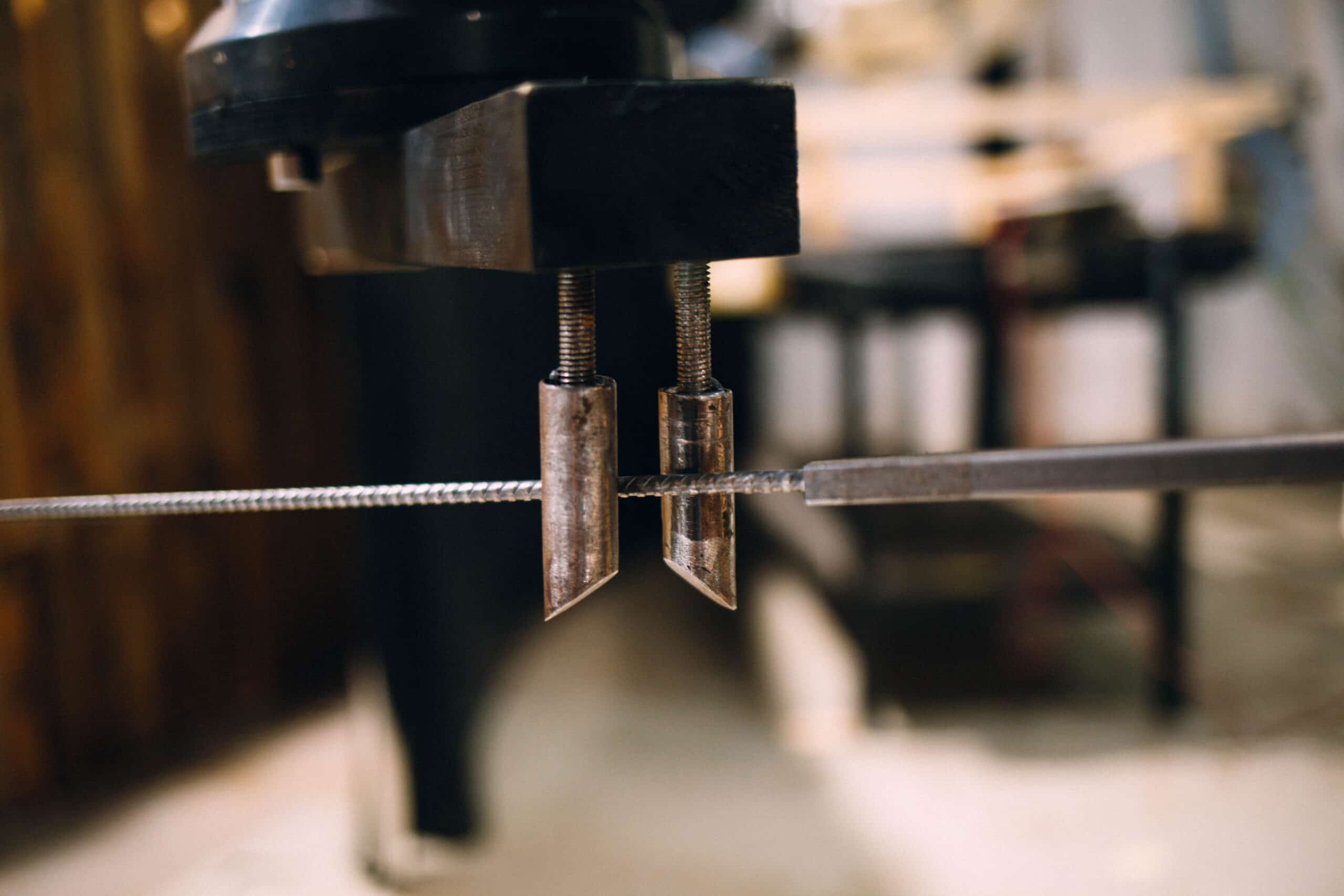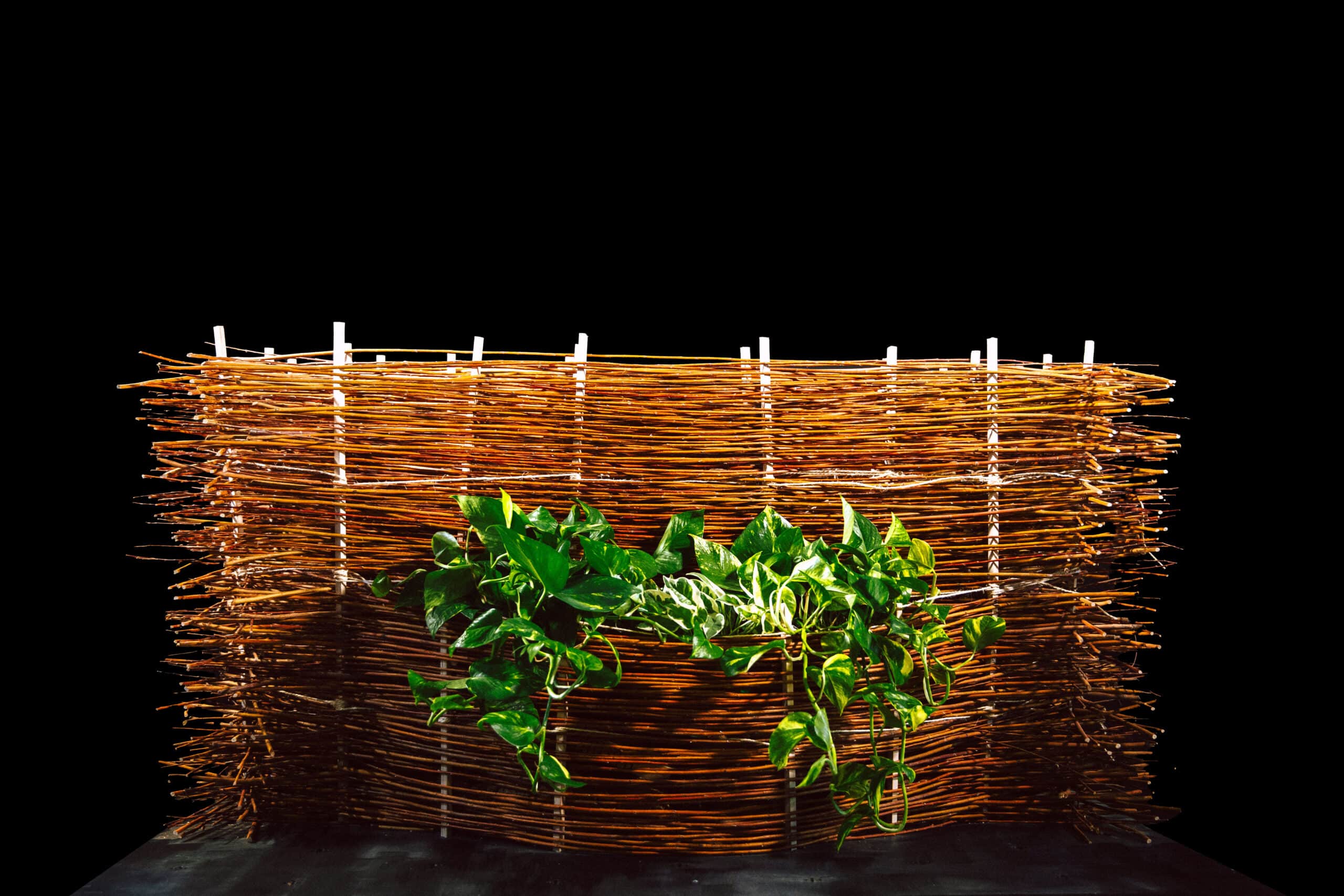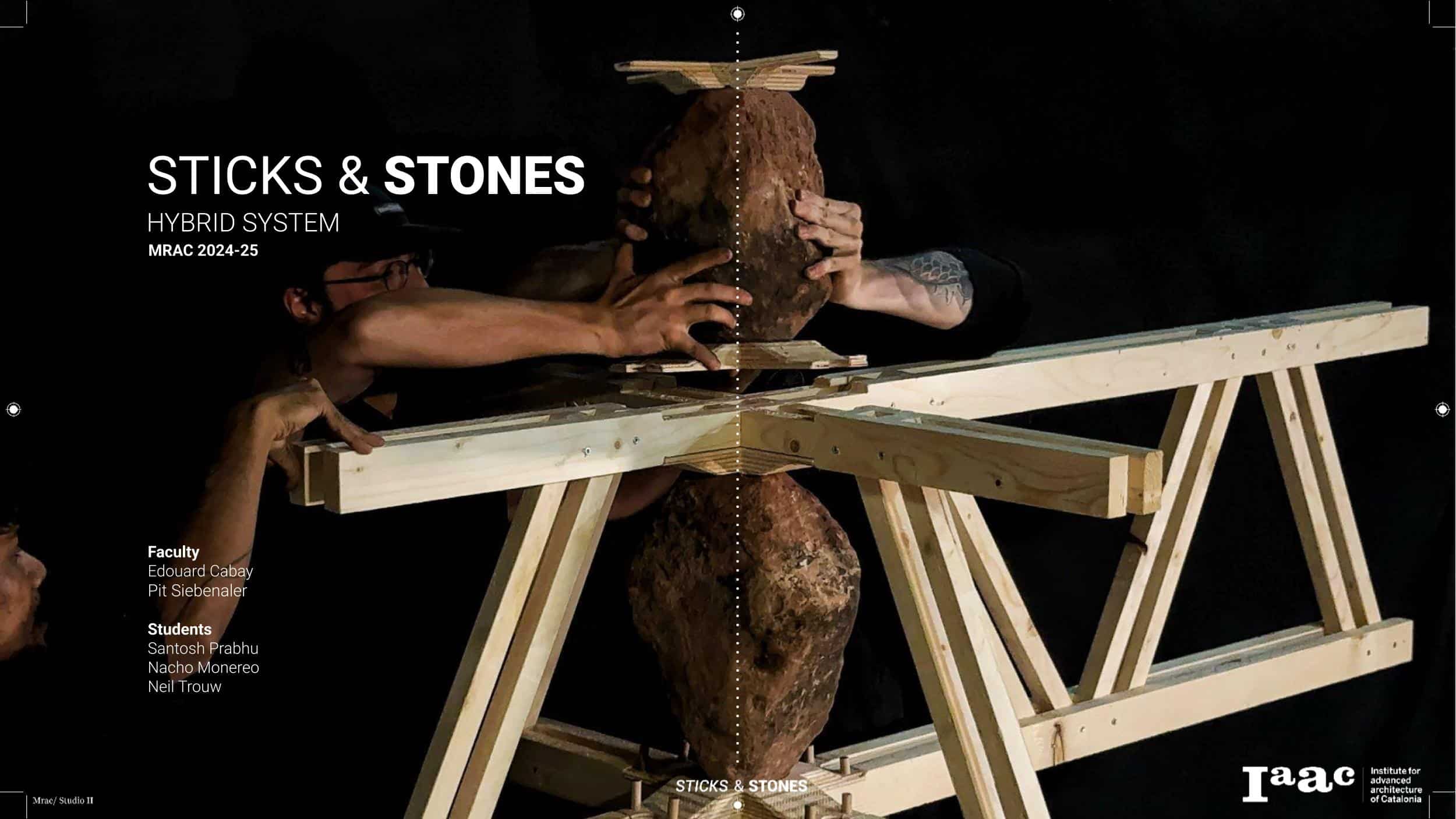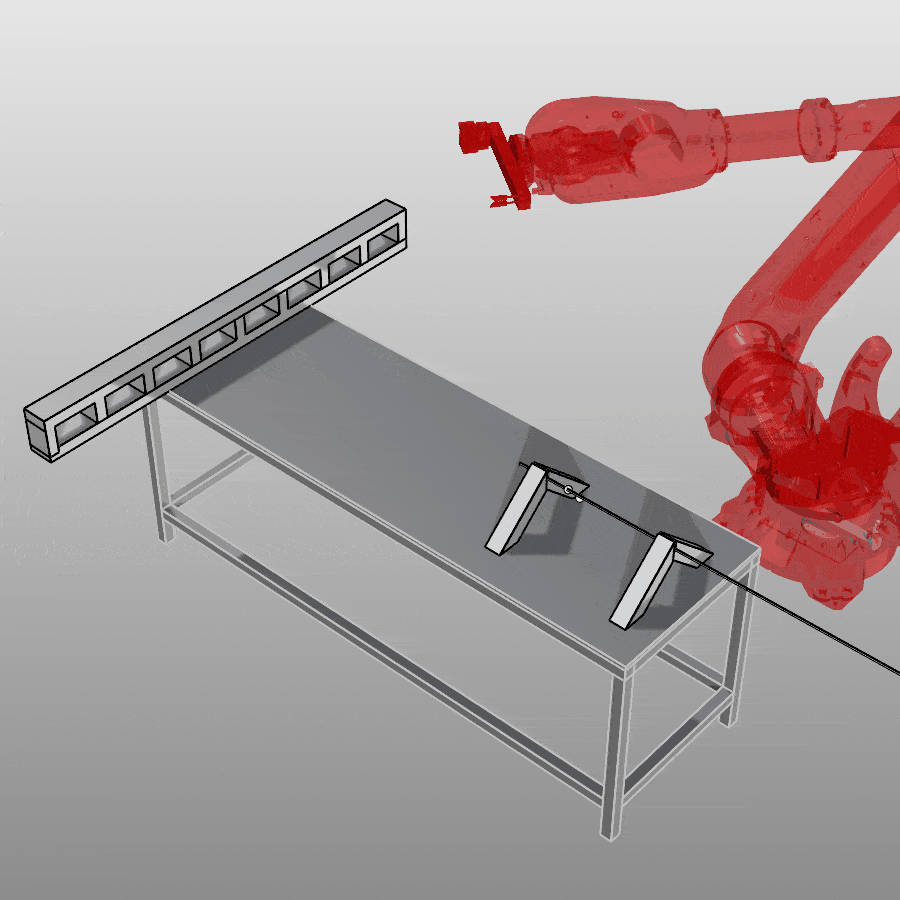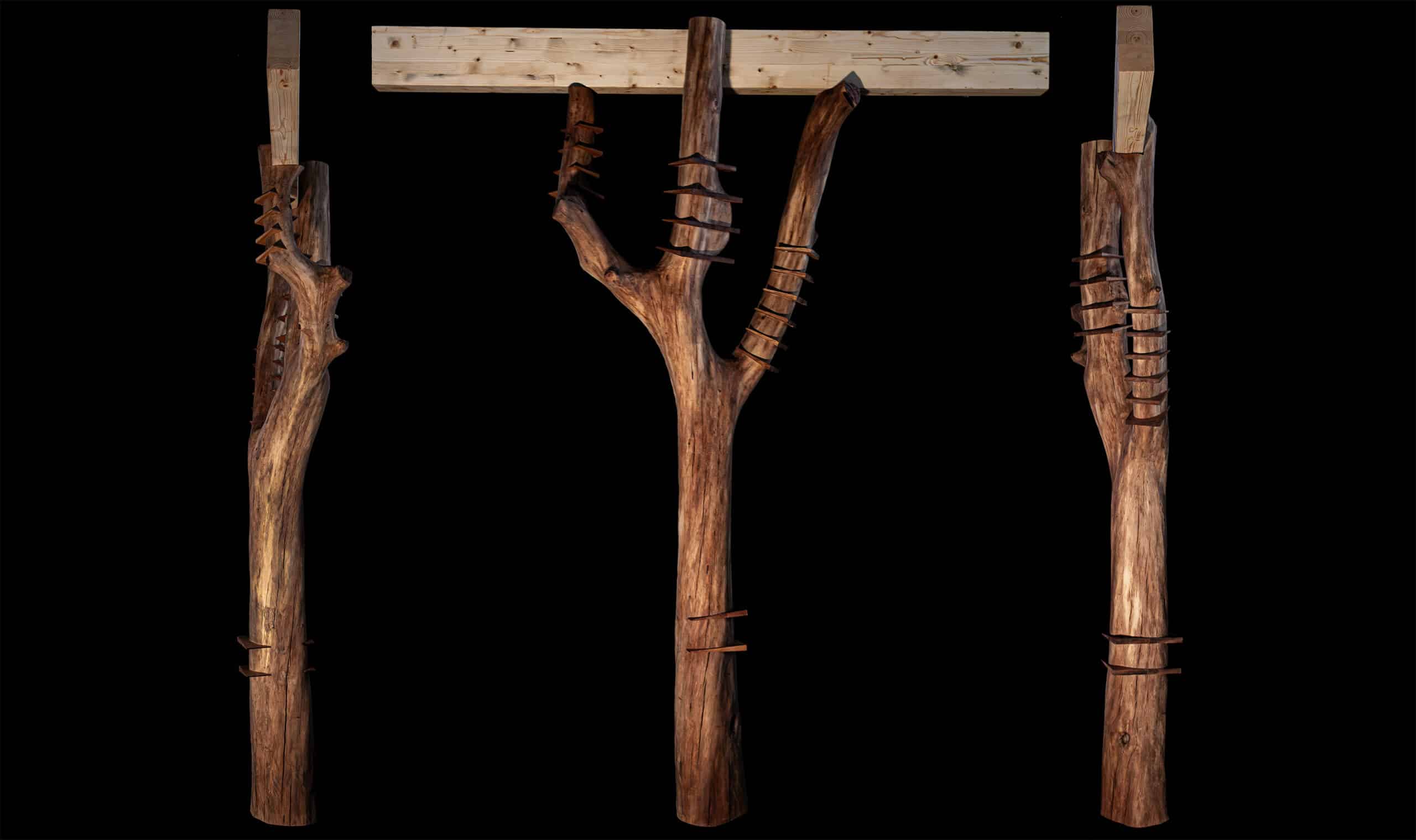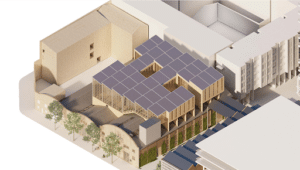
In two years, IAAC will be moving into its new installations in the new Campus of the Avila Road in PobleNou. MRAC takes the challenge to use this future construction site to locate our research and develop speculative scenarios for architectural transformations strategies using robotics and advanced construction.
Within the old industrial fabric of the PobleNou district, the site consists of a large warehouse space, which will be transformed into our new architectural school. The building will house offices, recreational spaces, conference room, classrooms, working studios, fabrication space, robots… The architectural project is already underway and the works are scheduled to start during the summer of 2025, leaving little chance for any of our work to be directly integrated within the construction, this ambition should not restrict our investigation.
This scenario gives us the opportunity to work within a real context with access to space which we will be able to study and question.
All groups successfully completed the second term having achieved the elaboration of a clear constructive and material narrative, the physical development of constructive elements under the form of 1:1 and scaled prototypes and the understanding of its design parameters and potential. The third term will be dedicated to the confrontation of these ideas to the concrete scenario of a building refurbishment.
The conclusion of the third term consists of a proposal of a constructive system inserted within the new IAAC building project using robotic construction and local materials. You are asked to present this proposal with the following documents:
- A 1:1 prototype of a constructive element clearly defining its position within the refurbishment project. The insertion within an existing building, and its physical connections, needs to be considered (although not necessarily appear in the prototype)
- A film of the making of the prototype with 3 takes: a global view (the entire robot and prototype at work), a regional view (the effect of the robot on the prototype) and a close up
- A 1:10 physical scale model representing your constructive intervention inserted within a fragment of the building. This model does not need to precisely follow the 1:1 manufacturing techniques.
- Plans and sections of your intervention.
- 2 photographs of the model serving as realistic views
- A comprehensive presentation including the following conclusions:
- State of the art
- Research question
- Research overview/diagram
- Material, technology and design breakdown
- Design response to a built environment
The term will unfold in 2 phases, the first 8 weeks will be dedicated to the analysis of the refurbishment project and to the exploration of design alternatives, the remaining 2 weeks dedicated to the construction of the prototype, model and rest of deliverables.
Learning Objectives
- design a architectural intervention for a refurbishment project
- explore design process through the production of design iterations
- construction of a constructive prototype, partially fabricated with robotic means
- production of necessary documentation for an architectural intervention
- articulation of a project narrative for a locally sourced robotically produced intervention



